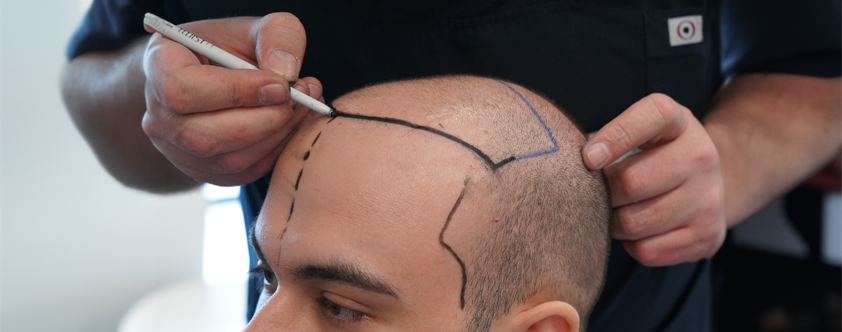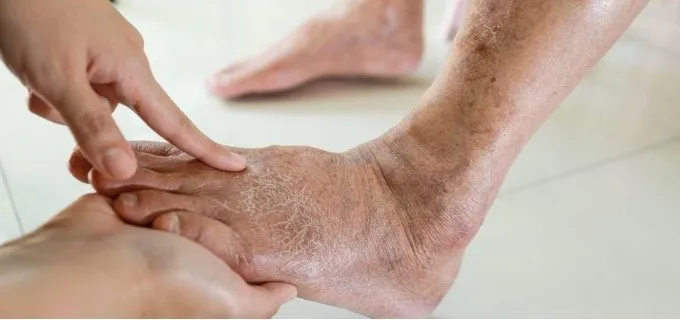
Key Considerations for Patients Undergoing Skin Cancer Surgery
September 26, 2025
The Benefits of Injectables for Facial Rejuvenation
September 29, 2025Hair transplantation is a surgical procedure that relocates hair follicles from one part of the body to a bald or balding area. Understanding the underlying factors of hair loss helps you make informed decisions about this procedure. Genetics impacts both the progression of hair loss and the potential outcomes of a transplant. Here is more information about the role of genetics in hair transplant decisions:
Influence on Hair Loss
Genetic makeup is a key factor in hair loss, especially in cases of male or female pattern baldness. This hereditary condition involves a genetic sensitivity to dihydrotestosterone (DHT), a byproduct of testosterone. This sensitivity causes hair follicles to shrink, which shortens their lifespan and prevents them from producing healthy hair. The pattern and rate at which you lose hair are often inherited.
Observing the hair loss patterns of your family members may offer insight into your potential susceptibility to hair loss. A genetic predisposition dictates which follicles are susceptible to DHT. It also affects the age at which hair loss begins and the speed of its progression. A person with a family history of early and extensive baldness might experience a similar pattern.
Impact on Donor Hair Assessment
During a hair transplant consultation, a surgeon assesses the donor area, which is typically the back and sides of the scalp. The hair follicles in this region are typically resistant to the effects of DHT, which is why they continue to grow even when hair is lost from the top of the head. An individual’s genetic profile influences the density, thickness, and texture of the hair available for transplantation. A surgeon evaluates these characteristics to determine if there are enough healthy follicles to achieve coverage in the recipient areas. If the donor area is genetically sparse or contains fine-textured hair, it may limit the number of grafts available for the procedure.
Influence on Long-Term Hair Density
After a hair transplant is completed, the transplanted follicles retain their genetic resistance to DHT, allowing them to grow in the new location. Any native, non-transplanted hair in the recipient area genetically susceptible to DHT may continue to thin and fall out over time. This can affect overall hair density in the years following the procedure.
To address this, a long-term plan is often developed during the initial consultation. The surgeon will predict the likely future pattern of your hair loss based on your genetic background and current state. This enables the surgeon to place transplanted follicles, creating a natural-looking result that accounts for potential future thinning. Additional procedures may be needed later to address continued hair loss in non-transplanted areas.
Schedule a Hair Transplant Today
Understanding your genetic predisposition to hair loss is a helpful first step in exploring your options. A professional evaluation can provide clarity on how your specific pattern of hair loss might progress and what a hair transplant could offer. Specialists can provide a personalized assessment of your donor hair and a realistic treatment plan. To learn more about how a hair transplant may address your specific needs, schedule your consultation today.





